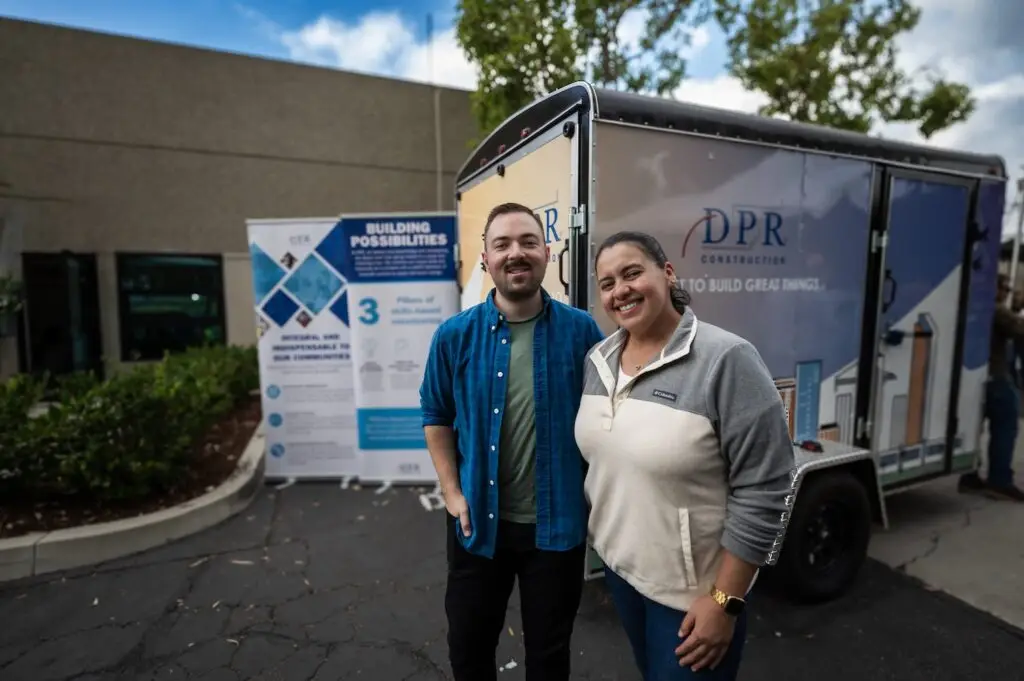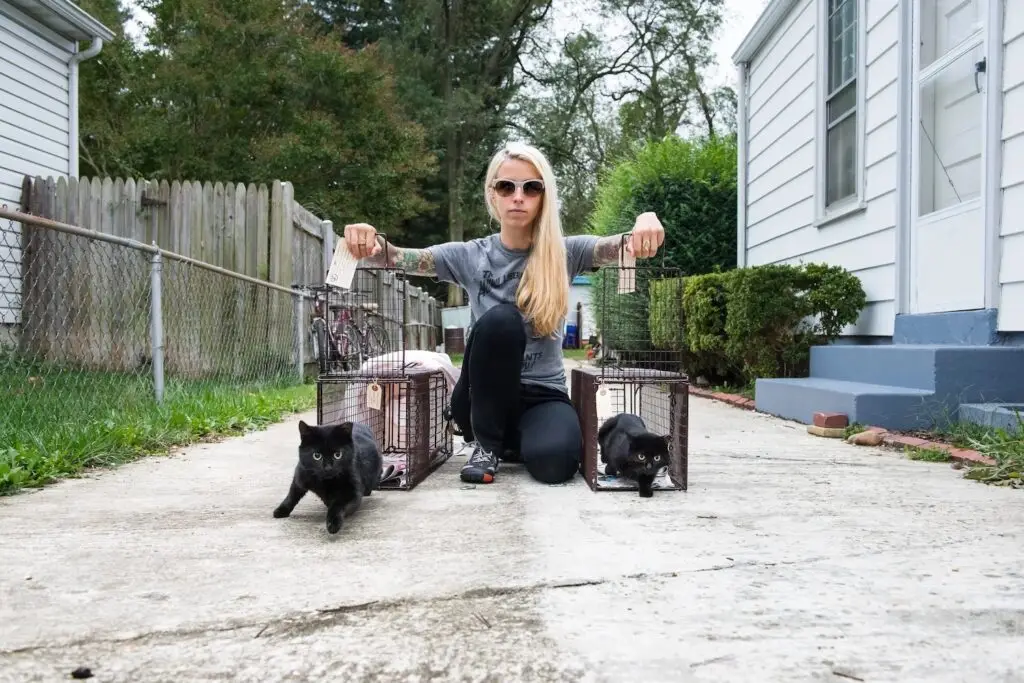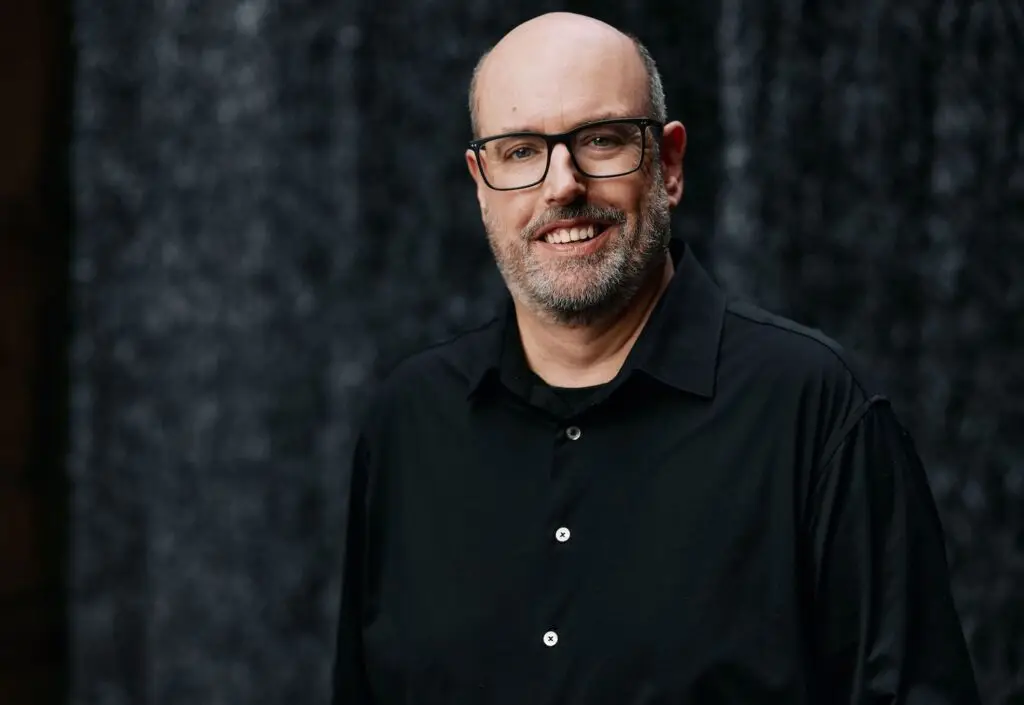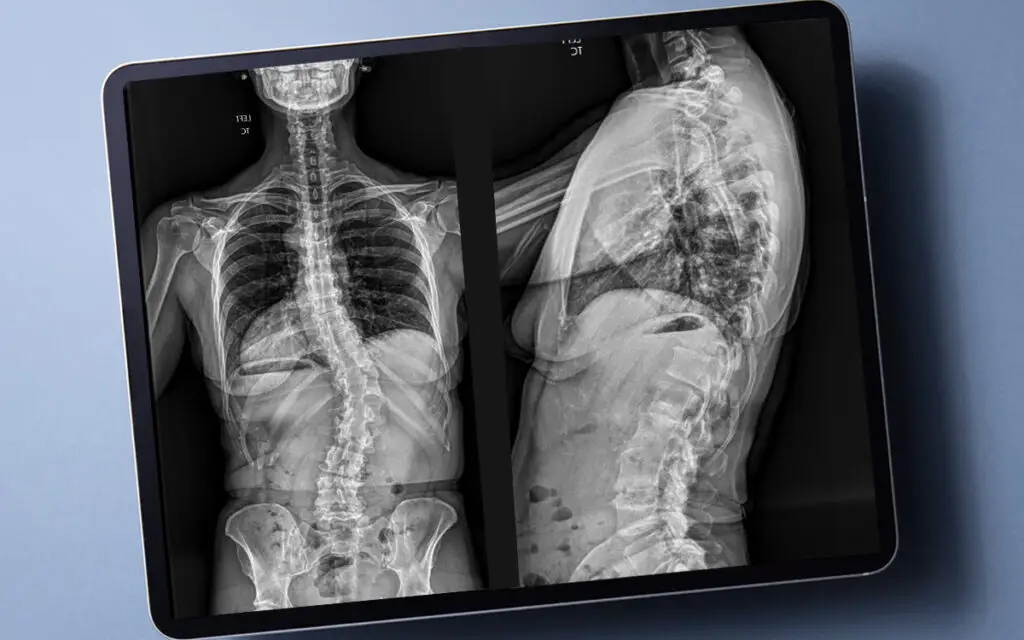Denise Lauderbaugh, a respiratory therapist and researcher at Rady Children’s Hospital who has been in the field for 26 years, jokes that her mother isn’t quite sure what she does for a living. “Most people think we’re nurses. My mom calls me a ‘nurse for the lungs,’ even though I’m not a nurse,” she laughs.
Nicole Carpenter, the shift lead respiratory therapist at Sharp Chula Vista Medical Center, seconds that sentiment, joking, “Forty years ago, we were called ‘tank jockeys.’ I’ve even met acute care nurses who, when they come to the ICU and see what we really do, say, ‘I thought you gave inhalers all day.’ I don’t even know when the last time I held an inhaler was.”
Lauderbaugh and Carpenter are a part of this growing but critical field of medicine. Practitioners say the discipline has been misunderstood, even within the medical community, but the coronavirus has brought the speciality to light as more hospital patients are in need of their treatment. Most patients won’t have any interaction with a respiratory therapist unless they have trouble breathing—and even then, it’s easy for a patient to mistake them for a nurse. “We’re very quiet,” Lauderbaugh says. “We come in to give the breathing treatment, we get our stuff done, and pop out.”
As experts in how the cardiopulmonary system works, respiratory therapists are found in all areas of a hospital, from both pediatric and adult intensive care units to emergency rooms and neurology departments. They administer treatments to help people in varying levels of distress be able to breathe: giving a nebulizer to someone suffering an asthma attack, resuscitating a near-drowning victim, even intubating patients who have a severe case of COVID-19. “We start right in the ER when the patient is admitted, and we’re at the bedside immediately,” Carpenter says. “We are the ones to assess the respiratory state of the patient, everything from auscultating [listening to the lung sounds] to seeing how our patient’s breathing is, and drawing blood from their arteries to determine how well they’re holding oxygen and how much carbon dioxide they’re retaining.”
Outside of trauma wards, respiratory therapists play a key function in sleep-study labs, hospices, and at-home oxygen care. They undergo just as much schooling and training as registered nurses—and in some cases have to pass more board exams—and are required to complete nine clinical rotations. Those who obtain a master’s degree, like Lauderbaugh, can attain senior leadership positions, oversee education programs, and conduct research for peer-review journals.
COVID-19 has completely changed the profession, including the risks, since the respiratory therapist is “at the head of the bed,” as Carpenter says. In addition to being covered in PPE, she now wears a powered air-purifying respirator that is attached to her waist, which supplies her mask with clean oxygen while she’s treating a patient. Her daily shifts last a minimum of 12 hours, and she and her team are often in a patient’s room for an hour to 90 minutes at a time. They have to physically flip patients onto their stomach, called “proning,” to help with their lung therapy. “It’s a long, trying day,” she says. “You come out of that room, you pull off your protective gear, and you’re dripping in sweat. And that’s just one patient. You’ve still got 11 more hours of this to go.”
Sharp’s Chula Vista hospital is also the busiest in the South Bay. Unfortunately, Carpenter says, many of their patients have no insurance, have had little to no health care most of their lives, and seek treatment here because they lack access to health care in Mexico. But she and her team forge on and do their best to not become discouraged, even when they lose a patient.
Carpenter reflects on a young patient who was admitted to her hospital: “I had a 32-year-old who was perfectly healthy, who had no past medical history. They went to a Fourth of July party, and came in a few days afterward short of breath. Unfortunately, we were not able to save them. But I’ve also had patients in their older years—80s and 90s—who have underlying diseases, and are walking away from this. We’ve reached every angle of this disease that we can.”
Lauderbaugh adds that while San Diego has eight schools where someone can study to become a respiratory therapist, there’s been a shortage of respiratory therapists across the country—and this was the case even before COVID-19. Some states have only one school that offers the specialty, and she estimates that nearly half of the current workforce will be retiring in about 10 years.
Carpenter says it’s been a rewarding career for her, even despite being on the front line during the pandemic and the physical and emotional struggles that come with the job. Seeing a patient recover and leave the hospital makes it all worth it. “I can honestly say there’s not a day that I go to work and say, ‘Ugh. I hate my job.’” She adds that it’s a great career for someone who is driven, empathetic, and thrives when they help others.
The American Association for Respiratory Care celebrates National Respiratory Care Week October 25–31.
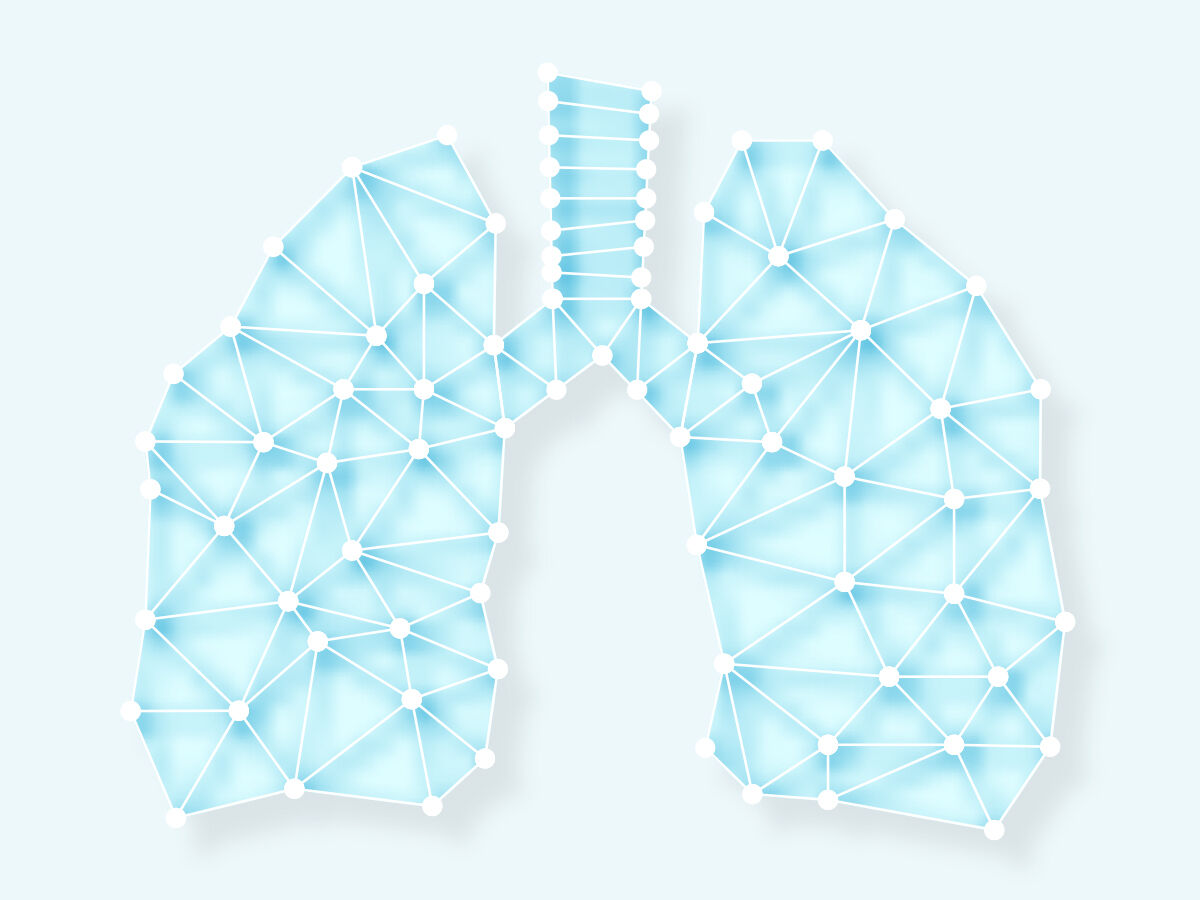
PARTNER CONTENT
Top Doctors 2020 / Breating Treatments




